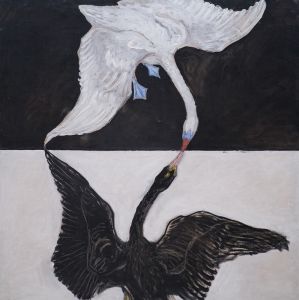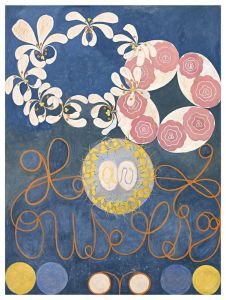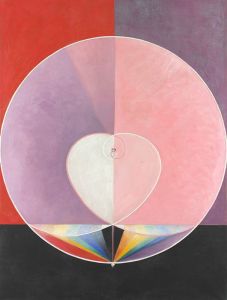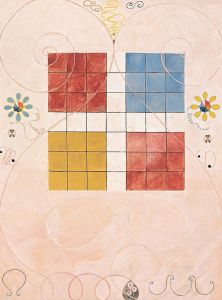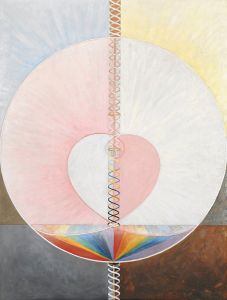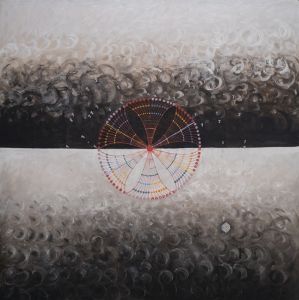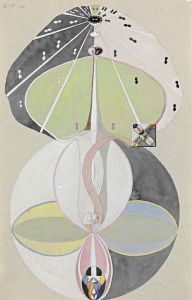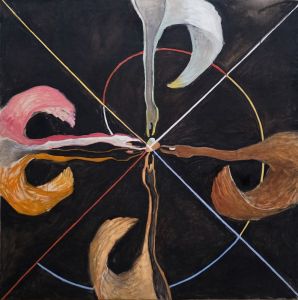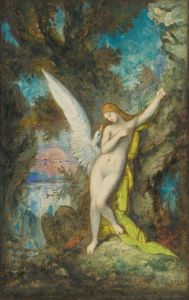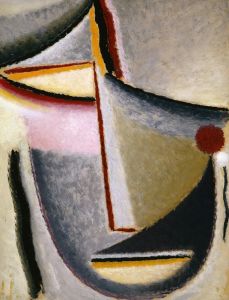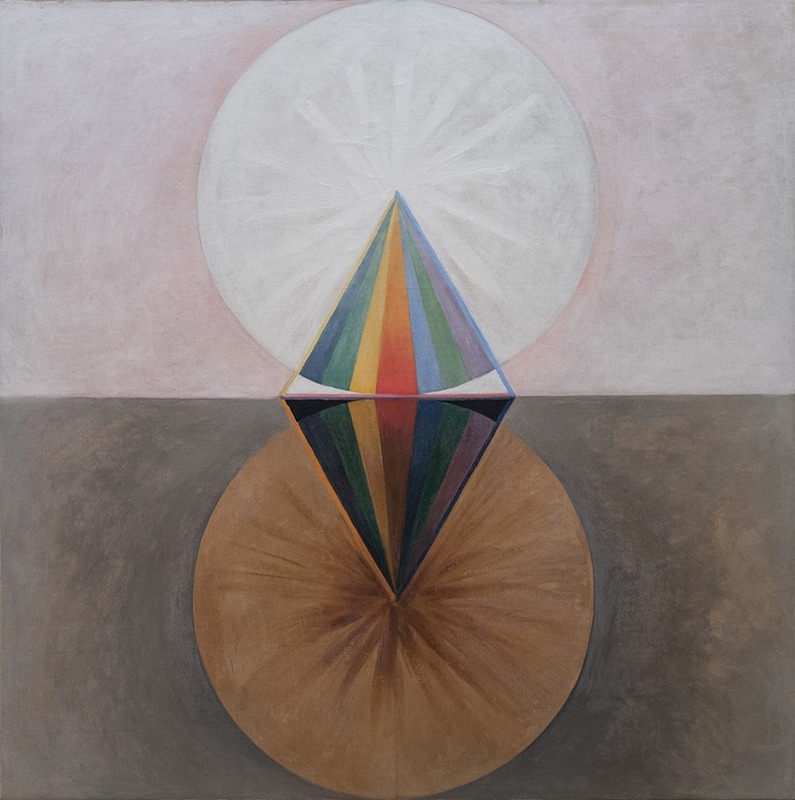
The Swan, No. 12, Group IX-SUW
A hand-painted replica of Hilma af Klint’s masterpiece The Swan, No. 12, Group IX-SUW, meticulously crafted by professional artists to capture the true essence of the original. Each piece is created with museum-quality canvas and rare mineral pigments, carefully painted by experienced artists with delicate brushstrokes and rich, layered colors to perfectly recreate the texture of the original artwork. Unlike machine-printed reproductions, this hand-painted version brings the painting to life, infused with the artist’s emotions and skill in every stroke. Whether for personal collection or home decoration, it instantly elevates the artistic atmosphere of any space.
Hilma af Klint's The Swan, No. 12, Group IX-SUW is a painting created in 1915 as part of her groundbreaking series of abstract works. Hilma af Klint (1862–1944) was a Swedish artist and mystic, widely regarded as a pioneer of abstract art. Her work predates the abstract movements of artists such as Wassily Kandinsky, Kazimir Malevich, and Piet Mondrian, though her art remained largely unknown to the public until decades after her death.
The Swan, No. 12 belongs to a larger series titled The Swan, which is part of af Klint's monumental project The Paintings for the Temple. This project, created between 1906 and 1915, consists of 193 works divided into several thematic groups. The series explores spiritual and philosophical concepts, often drawing on af Klint's interest in Theosophy, Anthroposophy, and other esoteric traditions. These interests deeply influenced her artistic practice and led her to create works that sought to visualize the invisible forces of the universe.
In The Swan series, af Klint uses the motif of the swan as a symbol of duality and unity. The paintings in this series often feature symmetrical compositions and bold, contrasting colors, reflecting themes of balance and transformation. The Swan, No. 12 specifically depicts a dynamic interplay of geometric forms and vibrant hues, with a central focus on circular and triangular shapes. The use of abstraction in this work demonstrates af Klint's innovative approach to art, as she moved away from representational imagery to explore more symbolic and spiritual dimensions.
Af Klint intended her works to be part of a spiritual temple, which she envisioned as a space for contemplation and connection with higher realms of consciousness. However, during her lifetime, she rarely exhibited her abstract paintings, believing that the world was not yet ready to understand them. She stipulated in her will that her works should not be shown publicly until at least 20 years after her death. As a result, her contributions to abstract art were largely overlooked until the late 20th century.
Today, Hilma af Klint is celebrated as a visionary artist whose work challenges traditional narratives of art history. The Swan, No. 12, Group IX-SUW exemplifies her innovative use of form, color, and symbolism to convey complex spiritual ideas. The painting is now recognized as a significant piece within her oeuvre and continues to inspire discussions about the intersections of art, spirituality, and abstraction.





